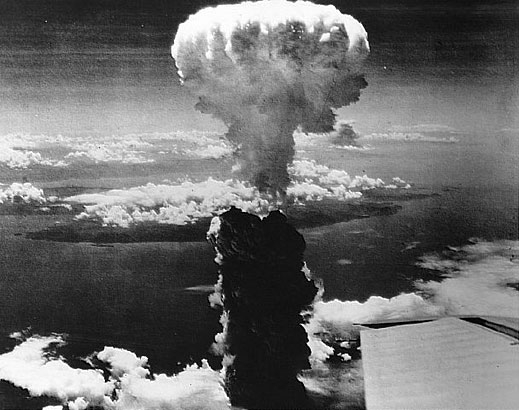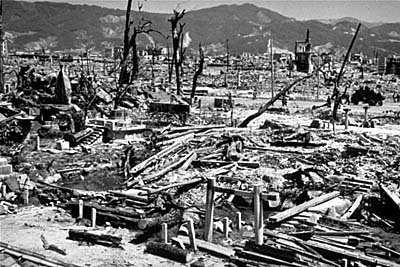ADOLF HITLER;
 Adolf Hitler (German 20 April 1889 – 30 April 1945) was an Austrian-born German politician and the leader of the Nazi Party (German Nationalsozialistische Deutsche Arbeiterparte National Socialist German Workers Party. He was chancellor of Germany from 1933 to 1945 and dictator of Nazi Germany from 1934 to 1945. Hitler was at the center of Nazi Germany, World War II in Europe, and the Holocaust.
Adolf Hitler (German 20 April 1889 – 30 April 1945) was an Austrian-born German politician and the leader of the Nazi Party (German Nationalsozialistische Deutsche Arbeiterparte National Socialist German Workers Party. He was chancellor of Germany from 1933 to 1945 and dictator of Nazi Germany from 1934 to 1945. Hitler was at the center of Nazi Germany, World War II in Europe, and the Holocaust.
 ANCESTRY;
ANCESTRY;
Hitler's father, Alois Hitler, Sr. (1837–1903), was the illegitimate child of Maria Anna Schicklgruber. Because the baptismal register did not show the name of his father, Alois initially bore his mother's surname, Schicklgruber. In 1842, Johann Georg Hiedler married Alois's mother, Maria Anna. After she died in 1847 and Johann Georg Hiedler in 1856, Alois was brought up in the family of Hiedler's brother, Johann Nepomuk Hiedler. In 1876, Alois was legitimated and the baptismal register changed by a priest to register Johann Georg Hiedler as Alois's father (recorded as Georg Hitler). Alois then assumed the surname Hitler. The Hitler surname is probably based on "one who lives in a hut" (Standard German Hutte for hut) or on "shepherd" (Standard German hüten for to guard); alternatively, it might be derived from the Slavic words Hidlar or Hidlarce.
CHILDHOOD AND EDUCATION:

He was the fourth of six children to Alois Hitler and
Klara Pölzl (1860–1907). Hitler's older siblings—Gustav, Ida, and Otto—died in infancy. When Hitler was three, the family moved to
Passau, Germany.There he acquired the distinctive
lower Bavarian dialect, rather than
Austrian German, which marked his speech throughout his life. In 1894 the family relocated to
Leonding(near
Linz), and in June 1895, Alois retired to a small landholding at Hafeld, near
Lambach, where he farmed and kept bees. Hitler attended
Volksschule (a state-owned school) in nearby
Fischlham.

The move to Hafeld coincided with the onset of intense father-son conflicts caused by Hitler's refusal to conform to the strict discipline of his school. Alois Hitler's farming efforts at Hafeld ended in failure, and in 1897 the family moved to Lambach. The eight-year-old Hitler took singing lessons, sang in the church choir, and even considered becoming a priest.
In 1898 the family returned permanently to Leonding. The death of his younger brother Edmund, who died from measles in 1900, deeply affected Hitler. He changed from a confident, outgoing, conscientious student to a morose, detached, sullen boy who constantly fought with his father and teachers.
WORLD WAR I:
*For more information go to this link;*
* en.wikipedia.org/wiki/Adolf_Hitler *

